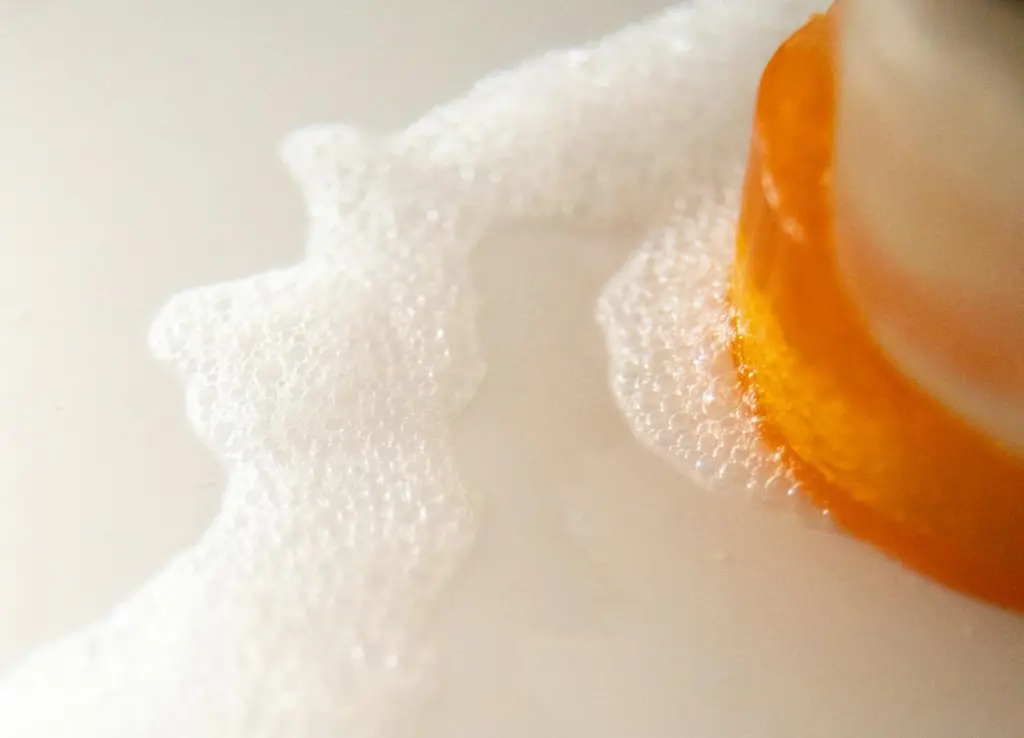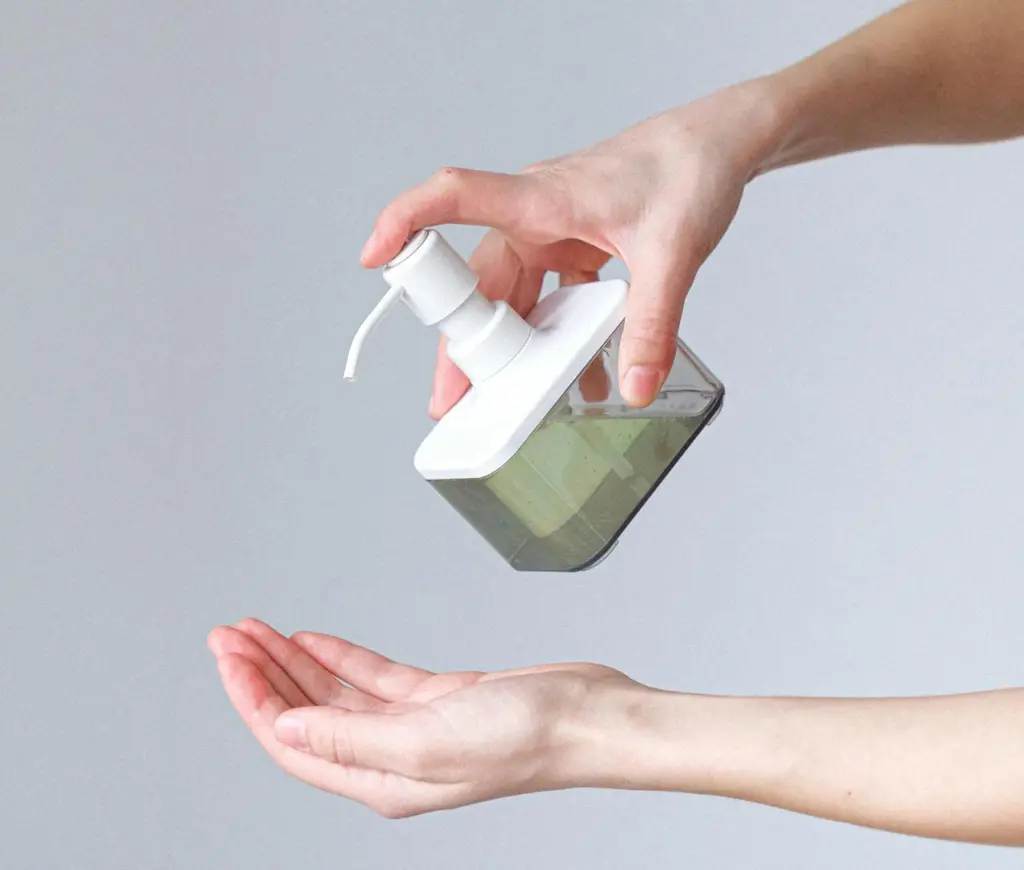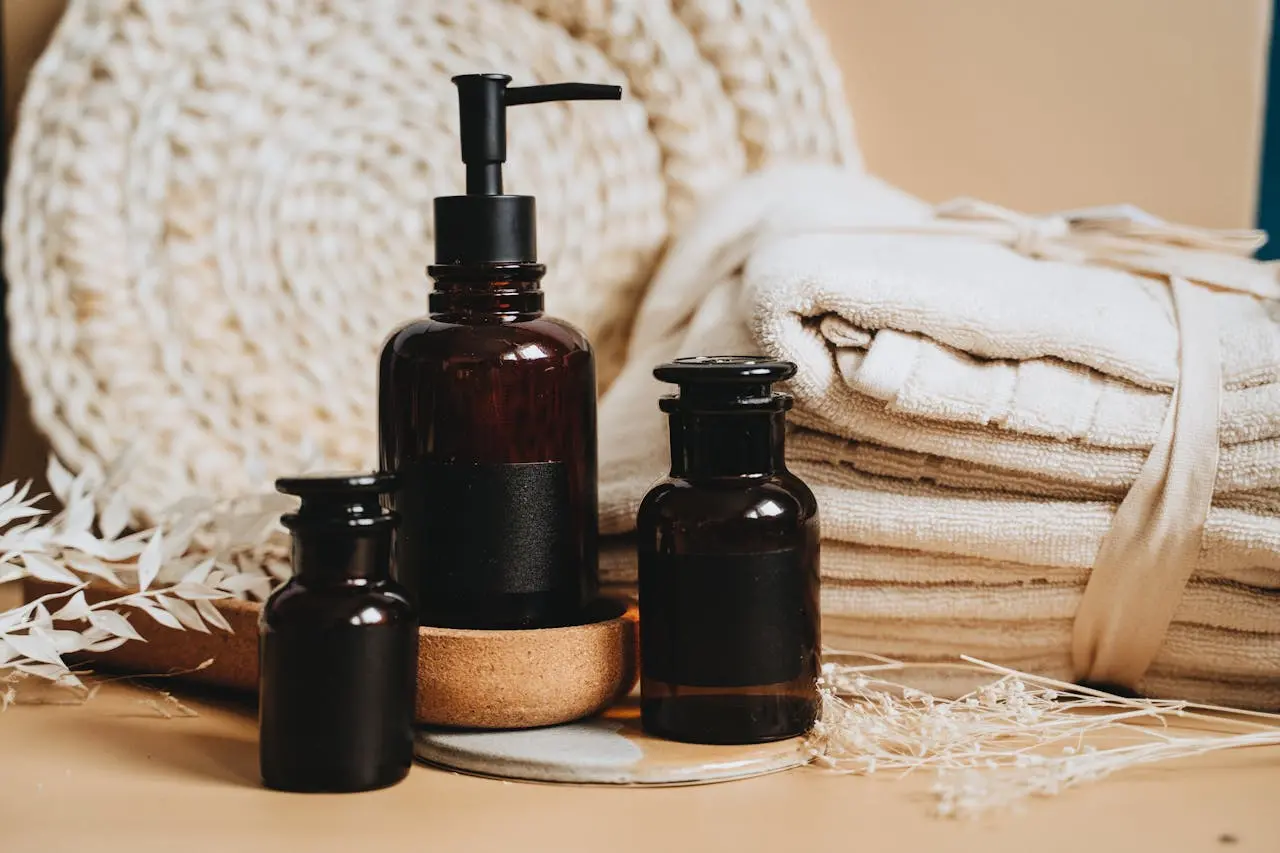In recent years, a shift in consumer behavior has been observed as more people transition from traditional bar soaps to liquid soaps. That’s not to say either product is going anywhere—in fact, Forbes places the manufacturing market for liquid products around $22.46 billion, while the bar soap manufacturing market is estimated to be $30.16 billion in 2023.
These trends are not just fleeting changes; they reflect deeper preferences for convenience, hygiene, and innovation in daily hygiene practices. In fact, the liquid market is expected to rise to $41.08 billion by 2032. When exploring commercial opportunities in the soap industry, it must be considered whether consumers are trending towards liquid soap or bar soap and what consumers are thinking when purchasing hygiene products.

A Growing Market: Why Liquid Soap?
Popularity is driven by two primary factors: ease of use and the hygienic benefits. When picking out a soap, consumers want to trust that the product they choose is reliable, consistent, and fits their needs. This goes beyond cleanliness — it’s about curating a trustworthy regimen with familiar products.
Factors Contributing to Growth
- Hygiene
- These soaps are reliable cleaning products in communal settings. They are easy to use (in manual or automatic, battery-operate soap pumps) and are considered a hygienic option for spaces with multiple soap users.
- Ease of Use
- Consumers — particularly those with small children — may find liquid soap to be easier to use than slippery bar soaps. Since bottles are typically capped, there is also less chance for spillage, saving consumers money. Soap pump dispensers make it easier to portion soap, and liquid products are considered easier to lather than bar soap for many consumers.

Is Liquid Soap Right for Everyone?
From the data, we can see that bar soap still outpaces liquid soap in revenue generation, but there’s no denying that it is growing in popularity.
Proponents of bar soap cite less packing and less water used in the production process as a reason to ditch the liquid products. However, as companies navigate eco-friendly soap packing and more environmentally-conscious soap production, there are more options than ever for consumers to pick the products that are right for them.
Navigating Soap Production?
As the self-care and hygiene industry navigates consumer demand, it is ultimately crucial that your business sticks with trusted soap manufacturers to ensure your consumers get the products they need and want.
Bar and liquid soap sales are seeing growing profits, and trends suggest that growth will continue. The future of soap will likely see innovations that focus on reducing environmental impacts while maintaining the benefits that have made bar and liquid soap options so popular. Keeping in mind the ease of use, hygienic standards, or environmental impact of your consumers’ preferred products will help guide them through to the purchasing process.
Commonwealth Soap & Toiletries is here to answer any of your soap manufacturing questions. If you’re ready to get started, contact our team today.
